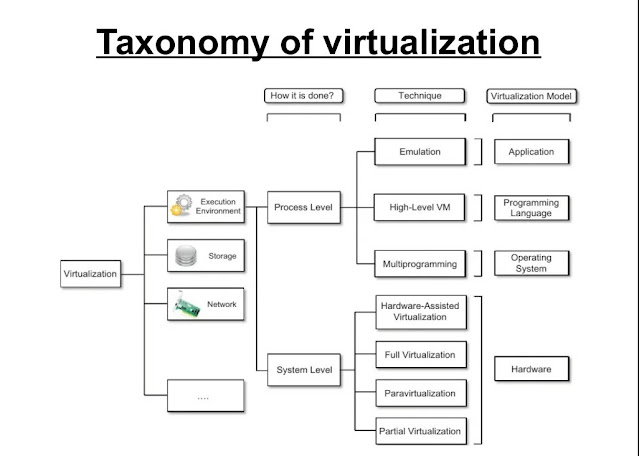Short note on Federated Identity Management (FIDM) and OpenID.
FEDERATED IDENTITY MANAGEMENT (FIDM)
The term FIDM refers to the technologies and protocols that allow a user to package security credentials across security domains. It uses Security Markup Language (SAML) to bundle a user's security credentials, as seen in the figure below:
OpenID
OpenID allows users to utilize a single account to log in to several websites. OpenID is supported by corporations such as Google, Yahoo!, Flickr, and WordPress.com, etc.
Benefits of OpenID
- Increased site conversation rates
- Access to greater user profile content Fewer problems with lost passwords
- Ease of content integration into social networking sites
Such IDaaS solutions provide a range of identity and access management services such as:
- Single Sign-On (SSO) functionality through the cloud
- Federated Identity Management for Access
- Governance Password Management




Comments
Post a Comment